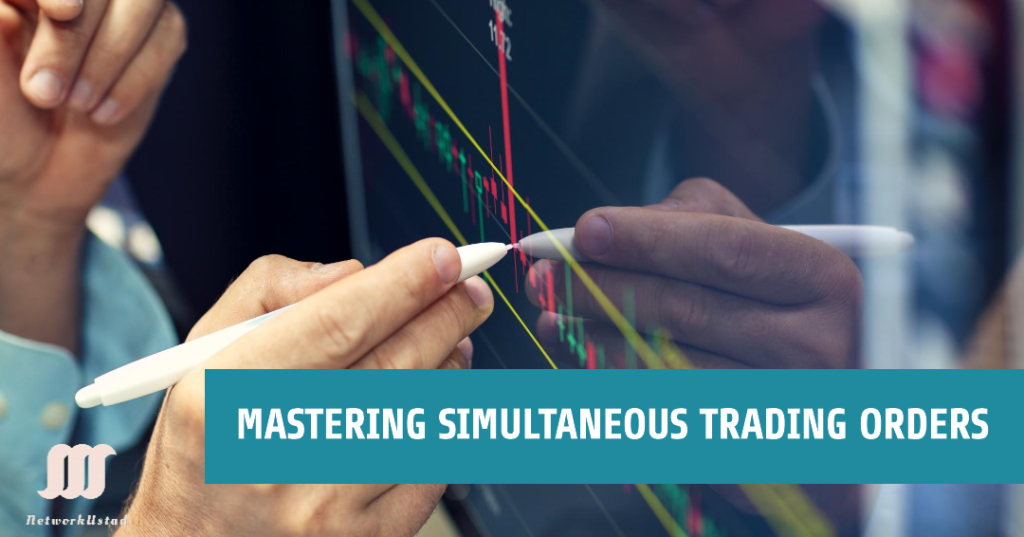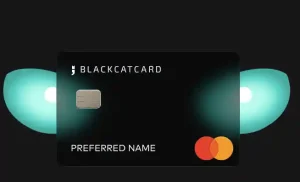Managing multiple pegged orders can feel like juggling several balls at once. Pegged orders are a powerful tool in trading, allowing you to buy or sell assets at a price relative to another value, like the best bid or offer. They’re designed to help you stay competitive in fast-moving markets, automatically adjusting as prices change. How do you keep track of them all? Let’s find out. So, if you are looking for a website that connects you to investment education firms that can help you along your investment journey, consider visiting and clicking Go https://quantum-fbc.org/.
Prioritize and Monitor Your Orders
When dealing with multiple pegged orders, prioritization is your best friend. Not all orders will require the same level of attention. Some might be set for short-term trades, while others are positioned for longer holds. Identifying which orders need close monitoring and which can be checked less frequently will save you time and reduce stress.
You should set up alerts or notifications that will prompt you if an order requires action. Most trading platforms offer this feature, allowing you to focus on other tasks without constantly checking your orders. By setting these alerts, you create a safety net that catches issues before they spiral out of control.
Additionally, keeping a watchful eye on the broader market trends is crucial. Pegged orders are reactive; they adjust according to market movements. Understanding the direction in which the market is heading allows you to anticipate changes that might affect your orders. This proactive approach can prevent your orders from executing at undesired prices.
Simplify with Automation
Automation is another useful tool when managing multiple pegged orders. Modern trading platforms offer various automation features, such as pre-set conditions that trigger specific actions when certain market conditions are met. By using these tools, you can reduce the amount of manual monitoring required.
For example, you can set an order to cancel automatically if the market moves outside a certain range. This ensures (using “ensure” for the second time) that your order doesn’t execute at a price you didn’t anticipate. Automation can help you maintain control over your trades, even when you’re not actively watching the market.
However, it’s essential to regularly review your automated settings to ensure (using “ensure” for the third and last time) that they’re still aligned with your current trading strategy. Markets change, and what worked yesterday might not be the best approach today. Adjust your automation rules as needed to keep your orders in sync with the market.
Maintain a Clear Strategy
A clear trading strategy is vital when managing multiple pegged orders. Without a strategy, it’s easy to get lost in the noise of market fluctuations. Your strategy should include clear entry and exit points, along with a defined risk tolerance. By sticking to your plan, you can avoid making impulsive decisions that could harm your portfolio.
Having a strategy also means knowing when to let go. If a pegged order isn’t performing as expected, it might be time to cancel or adjust it. It’s easy to fall into the trap of holding onto a trade in the hopes that it will turn around, but this approach can lead to greater losses. Instead, stick to your strategy and make decisions based on logic, not emotion.
Documenting your trades is another helpful practice. By keeping a record of your orders, including the rationale behind them and their outcomes, you create a valuable reference for future trades. This documentation can help you refine your strategy over time, learning from both successes and mistakes.
Seek Professional Advice
Lastly, managing multiple pegged orders can be challenging, especially if you’re new to trading or dealing with complex markets. Don’t hesitate to seek advice from financial experts who can offer guidance tailored to your specific situation. They can provide insights that might not be immediately obvious, helping you optimize your trading strategy.
Financial markets are unpredictable, and even seasoned traders benefit from professional advice. Consulting with experts can help you navigate these uncertainties with more confidence and reduce the risk of costly errors.
Conclusion
Remember, trading is a marathon, not a sprint. Managing multiple pegged orders requires patience, diligence, and continuous learning. By prioritizing your orders, using automation, sticking to a clear strategy, and seeking expert advice when needed, you can successfully manage your trades and potentially achieve your financial goals. Always conduct thorough research and consult with financial professionals before making investment decisions.





